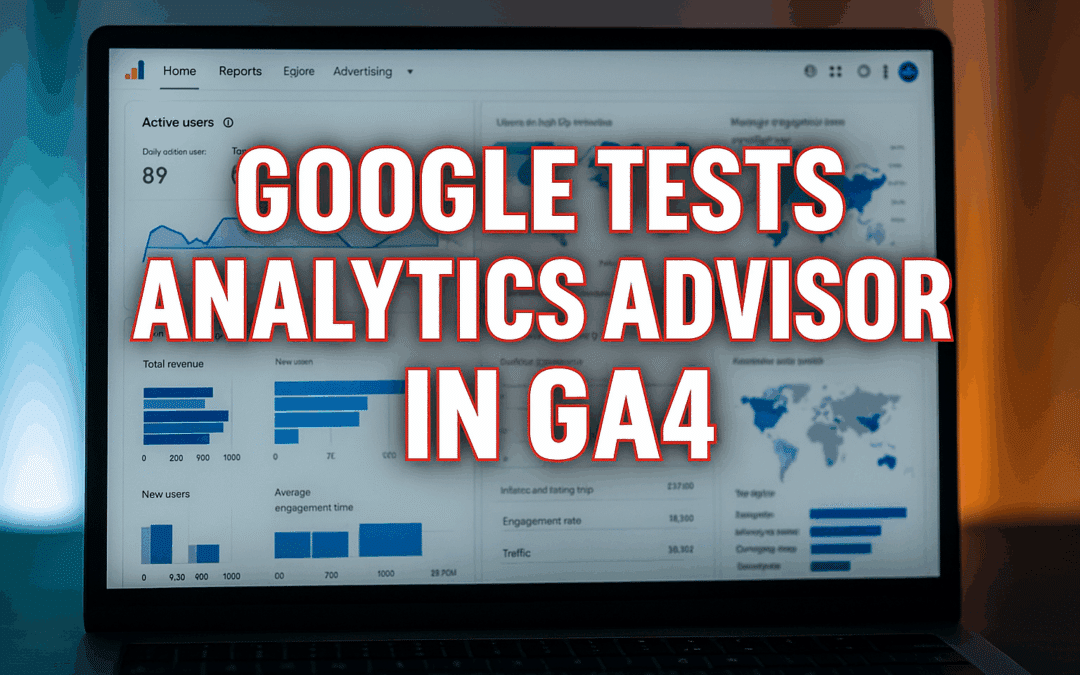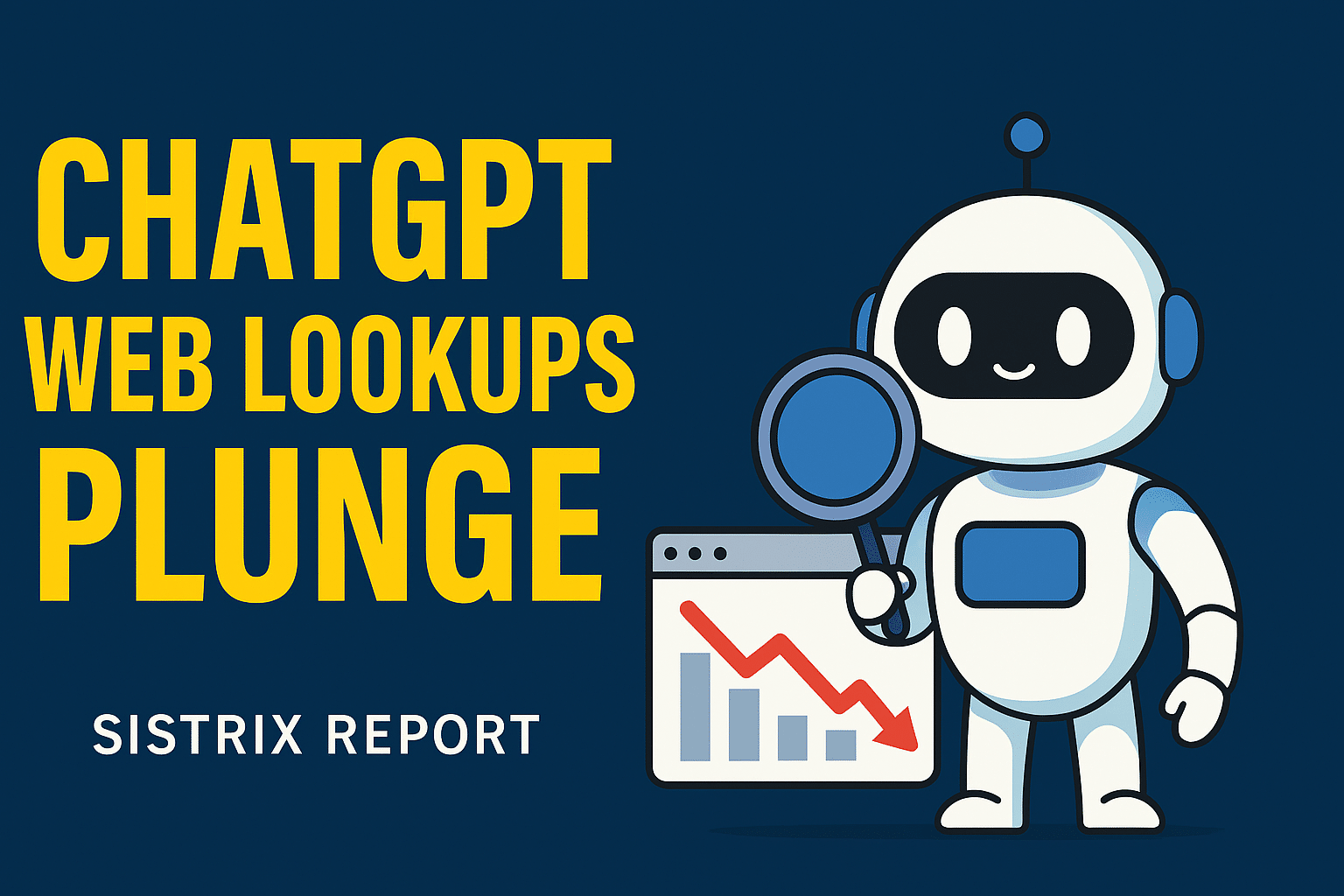The CMO’s Martech Stack Strategy: Building a Revenue-Ready Marketing Machine
Introduction: Why Martech Strategy Is the CMO’s Secret Weapon
In today’s enterprise marketing landscape, your tech stack isn’t just a set of tools—it’s the foundation of how your team executes, scales, and proves value. But too many CMOs inherit bloated stacks with overlapping features, underutilized licenses, and no strategic alignment with revenue outcomes.
This guide is for CMOs and senior marketing operators ready to lead with precision. We’re not talking about shiny object syndrome—we’re talking about building a modern, modular, performance-driven martech stack designed to reduce CAC, increase velocity, and prove marketing’s business impact.
The Modern Martech Stack: 5 Strategic Layers
The most effective martech stacks are structured like a revenue engine. They include:
- Data Layer
- Customer Data Platforms (CDPs)
- Data warehouses (Snowflake, BigQuery)
- Identity resolution tools (Segment, 6sense)
- Engagement Layer
- Email/SMS (Klaviyo, Iterable, Braze)
- Social and community (Sprout, Hootsuite, Common Room)
- Web and CRO (Unbounce, Optimizely, Instapage)
- Pipeline Acceleration Layer
- ABM platforms (Terminus, Demandbase)
- Conversational marketing (Drift, Qualified)
- Personalization engines (Mutiny, Dynamic Yield)
- Measurement Layer
- Attribution platforms (Dreamdata, HockeyStack)
- Marketing mix modeling (Funnel.io, Nielsen)
- BI tools (Looker, Tableau, Domo)
- Orchestration Layer
- Automation and workflow (HubSpot, Marketo, ActiveCampaign)
- Project management (Asana, ClickUp, Monday)
- Integration middleware (Zapier, Workato)
Each layer builds on the next. If one is broken, the whole system leaks performance.
CMO Red Flags: When the Stack Is Working Against You
Not sure if your stack needs triage? Watch for these signs:
- Tools are collecting dust with low login activity
- Attribution and pipeline reporting are inconsistent across teams
- Sales and marketing don’t trust the same data sources
- Budget conversations lead to “What does this tool even do?”
- Your team is manually stitching together spreadsheets
If you’re nodding your head to any of these, you don’t have a tech stack—you have a tech liability.
Stack Rationalization: The 5-Step Audit Framework
- Inventory Everything
- Document every tool
- Identify owners and users
- Tag each tool by funnel stage and function
- Evaluate Utilization
- License usage vs. spend
- Features adopted vs. ignored
- Integration into workflows
- Map to Outcomes
- Tie each tool to business metrics (pipeline, velocity, CAC)
- Cut tools that don’t move metrics
- Consolidate & Standardize
- Remove redundancies (e.g., multiple A/B testing platforms)
- Align on one system of record for leads, contacts, and activity
- Reinvest in Enablement
- Don’t just buy better tools—train teams to use them
- Build internal playbooks and templates
The Integration Imperative: Why APIs Matter More Than UIs
You can’t scale siloed tools. Elite CMOs prioritize integration over interface.
Ask:
- Can your attribution platform talk to your CRM?
- Does your email tool feed into your CDP in real-time?
- Can your AI copywriting tool dynamically pull in campaign context?
Middleware like Zapier, Workato, and Tray.io can glue disparate systems together—but at scale, native API integrations or reverse ETL pipelines are better bets.
Buying Like a CFO: How CMOs Should Evaluate Martech ROI
Every martech dollar should answer one question: Does this tool reduce CAC or increase LTV?
Evaluate:
- Onboarding cost and time to value
- Usage depth across teams
- Integration lift or drag
- Competitive advantage it unlocks (speed, personalization, efficiency)
Bonus: For tools without clear ROI, require quarterly scorecards from your team leads. If they can’t defend the spend, cut or renegotiate it.
The Martech Leader’s Reporting Toolkit
You’re not just deploying tools—you’re building visibility. CMOs should have:
- Dashboards that span marketing + sales
- Real-time campaign monitoring
- Attribution waterfall views
- Funnel conversion benchmarks by tool or channel
Best-in-class teams use:
- Segment + Looker for data ops
- Tableau or Domo for executive views
- ClickUp dashboards for project velocity
Enablement Over Everything: How to Operationalize Your Stack
You can have the best stack in the world—but if your team doesn’t use it, you’ve burned budget.
CMOs must own enablement:
- Run monthly tool training sessions
- Create internal certification programs
- Maintain a shared martech wiki
- Appoint stack champions across teams
Pro tip: Run a quarterly “Martech Town Hall” where team members present how they used a tool to solve a real problem.
Conclusion: Martech Isn’t a Toolset—It’s a Strategic Advantage
Great CMOs don’t collect tools. They build machines.
The right martech stack:
- Reduces friction
- Increases speed to value
- Aligns teams around shared metrics
- Creates scalable repeatable outcomes
Want help Contact FuelOnline to book a strategic review.






